Although keeping a bug in your home seems strange and uncommon, some insects actually make excellent pets. Caring for an insect is very similar to caring for small reptiles. As long as you can simulate the proper conditions that they prefer out in the wild, these critters are capable of living long and happy lives in captivity. However, in order to guarantee you can provide them with the best quality of life possible, extensive planning must take place beforehand.
Things to Know Before Choosing an Insect as a Pet
Depending on where you live, certain insects might be illegal to own. Attempting to bring an insect to a part of the world where it is considered invasive is dangerous and irresponsible. Even if you don’t purchase a mating pair, accidents can happen. If your pet gets loose, you can be held responsible for any harm it causes to the environment. Because of this, it’s always important to research before attempting to import a live insect. Don’t rush this process!
How to Prepare
It is important to set up the ideal conditions for your insect of choice long before they come home. Some insects are very sensitive to changes in their environment. Even a few hours of living in a cage with the wrong temperature or moisture level can be deadly. Additionally, make sure you purchase proper food and ensure you have a supply on hand to last for a while. Of course, much like any other animal, keeping dangerous or poisonous insects should be left to professionals. But, if you’re looking for some house-friendly critters to keep you company, here are nine insects that do surprisingly well as house pets.
1. Giant Centipedes
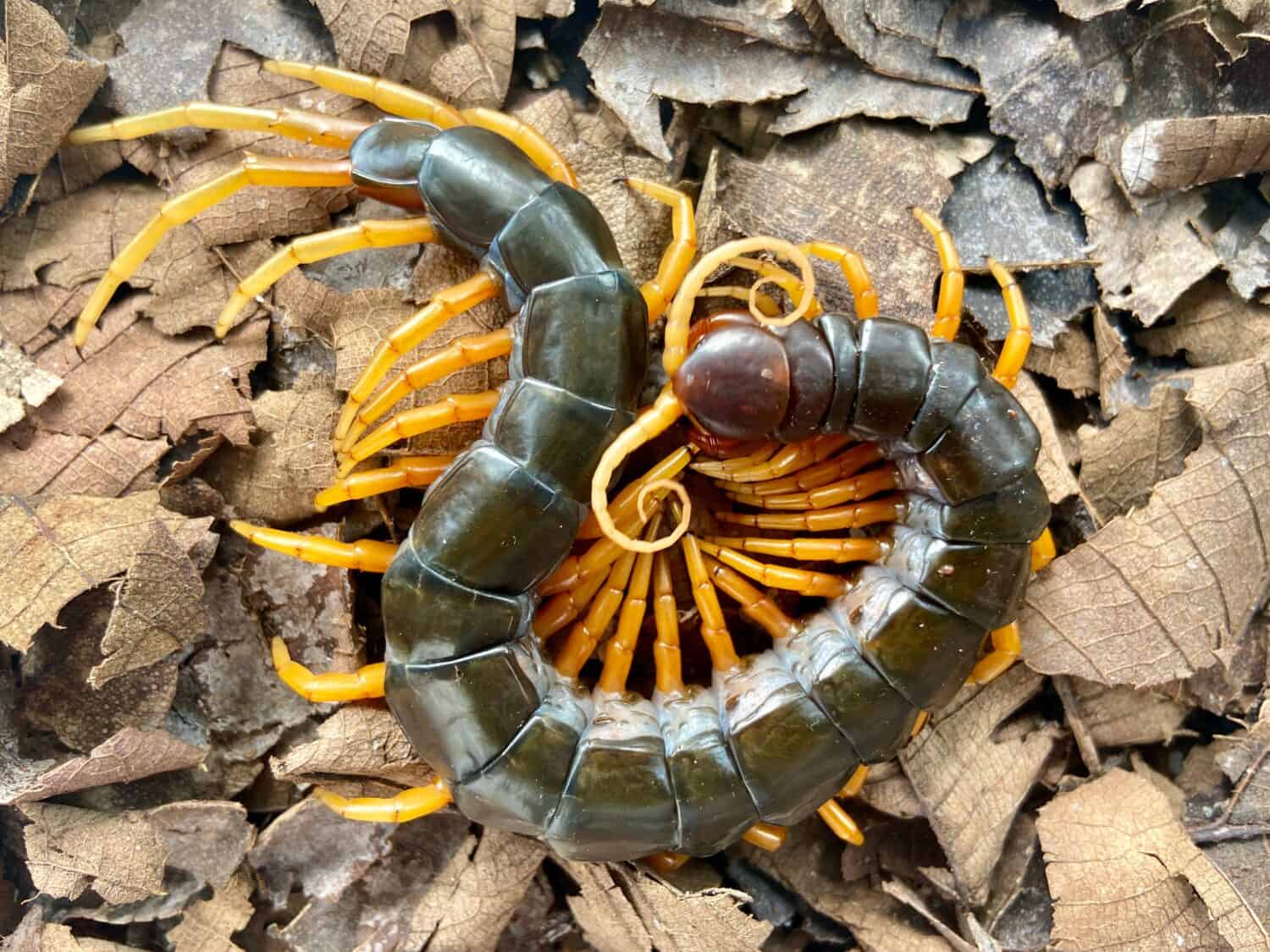
Their name means “100 legs.” Centipedes have one pair of legs per body segment.
©Alkis Agatha/Shutterstock.com
The giant centipede may seem like a terrifying choice to keep as a house pet. However, they are shockingly easy to care for and do well in captivity. Despite this, they are especially sensitive to changes in humidity, so keep on top of this. It’s important to note that centipedes do not enjoy being handled whatsoever. If you’re someone who wants to bond with their pet by letting them out of their enclosure every so often, consider another entry on this list. It’s important to mention that centipedes aren’t considered insects, but rather close relatives of insects. Despite this, they still make great pets.
2. Rainbow Stag Beetles
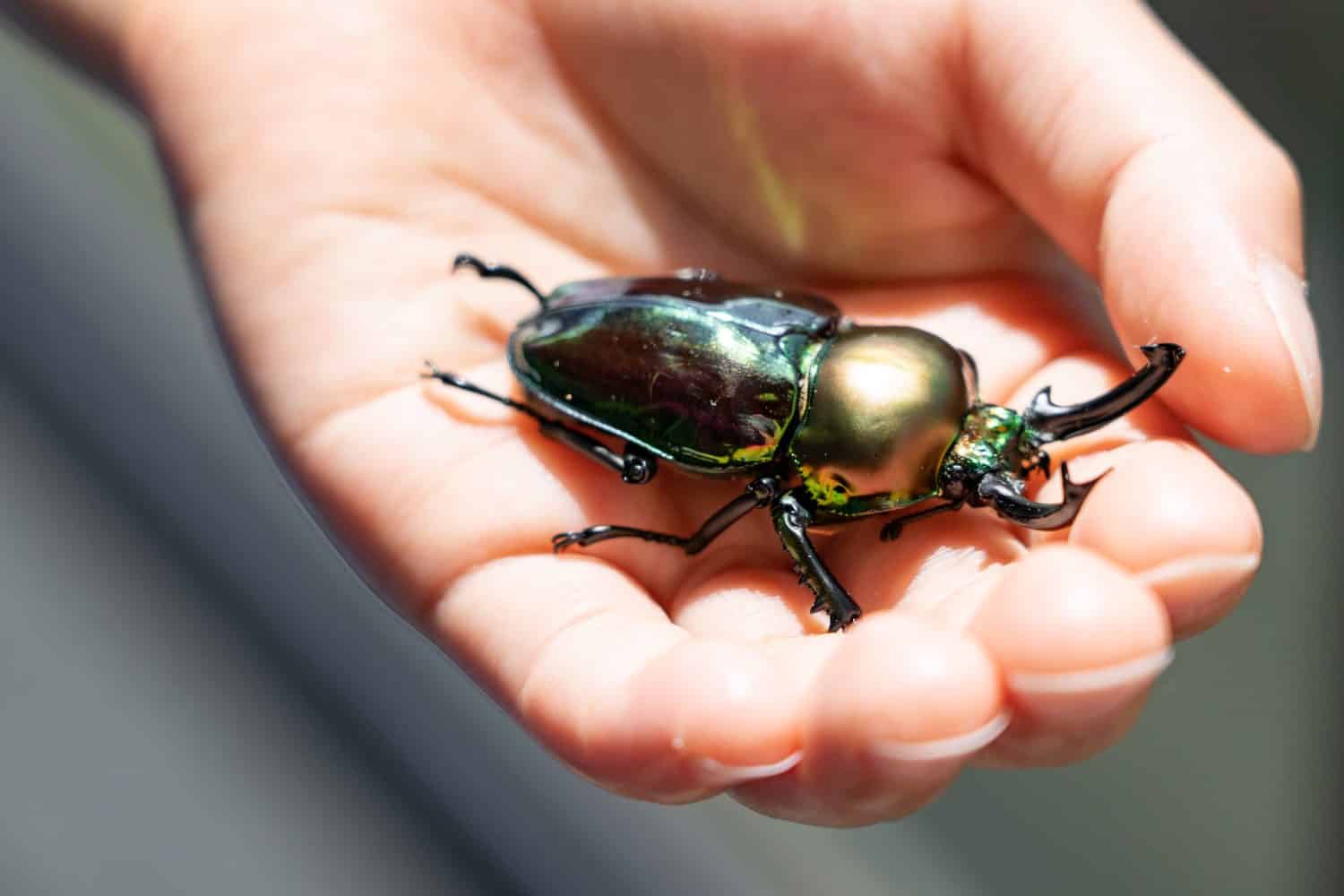
Rainbow stags are exceptionally easy to care for and are popular pets in Japan.
©dainya/Shutterstock.com
Although it hasn’t caught on quite as much in America, the people of Japan love their insects. Rainbow stags are popular house pets over there and are widely available in pet stores. These little beetles don’t take up much space, are easy to handle, and their diet is easy to fulfill. However, depending on which country you live in, rainbow stags may or may not be available to you. Check your local laws to make sure importing this live insect is okay.
3. Katydids
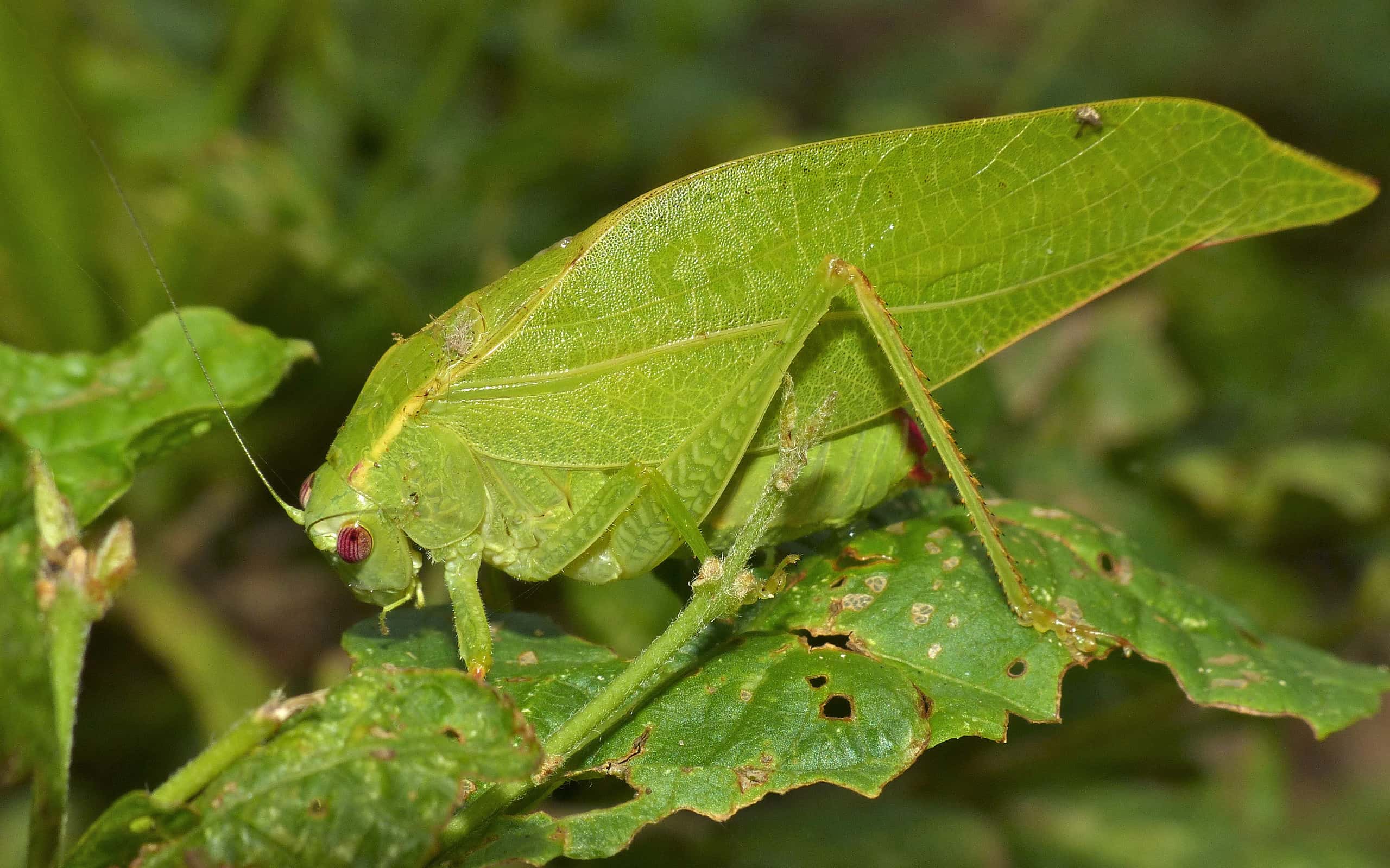
Katydids are textbook examples of leaf-mimic insects.
©Bernard DUPONT from FRANCE / CC BY-SA 2.0 - License
When you think of someone keeping insects as pets, you might be thinking about things like crickets to use as food for other animals or butterfly-raising kits. However, people have been keeping insects as pets for many years, and it’s much more common than you might think. According to the Smithsonian Institution, “Singing crickets and katydids have been kept as pets widely through the Far East and the Mediterranean Region for thousands of years.”
4. Ants
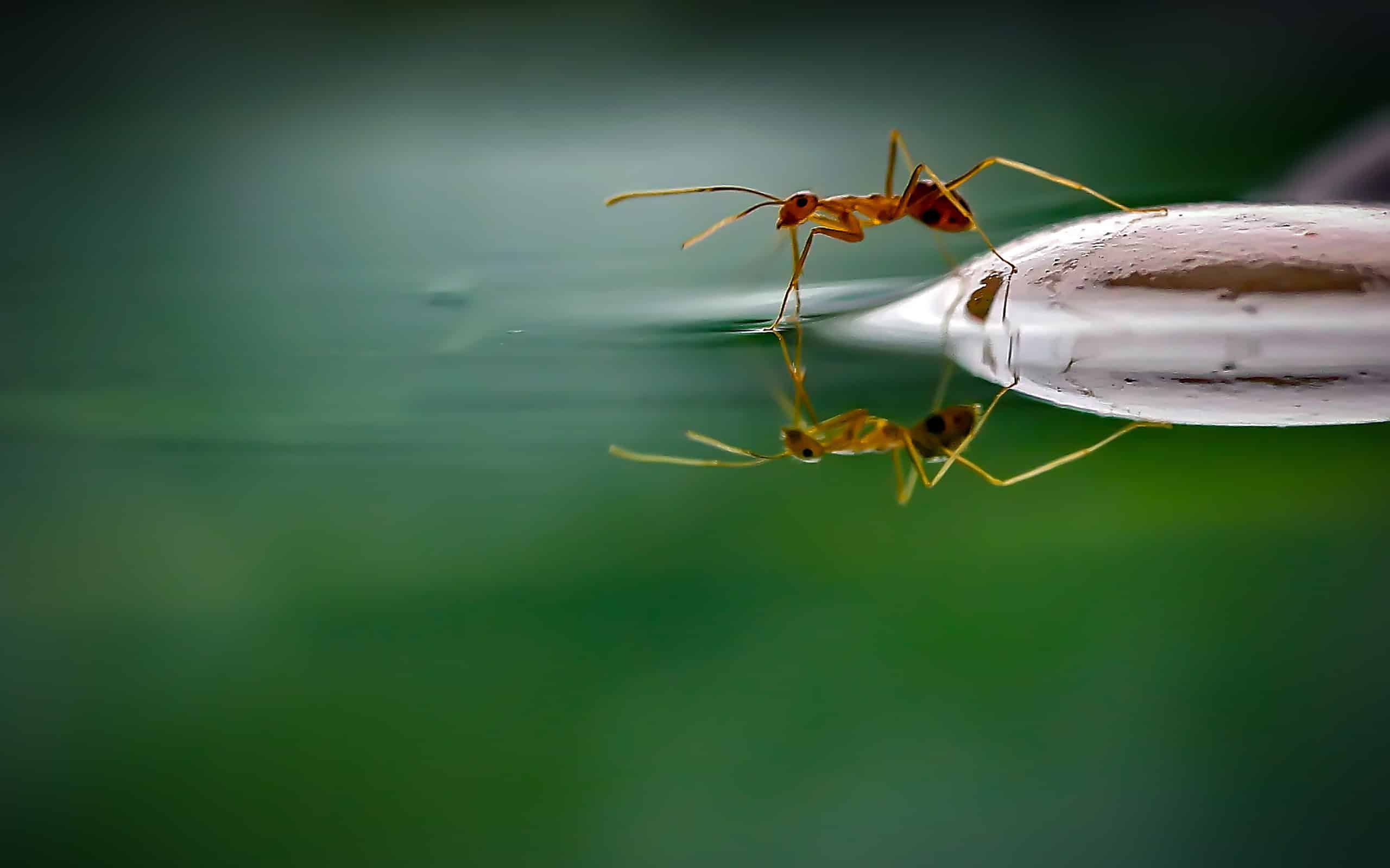
Ants are social insects, so to keep them as pets, you’ll need several.
©teguh santosa kedua/Shutterstock.com
I’m sure many of you immediately thought of ant farms when first reading the title of this article. Although some may think that keeping ants is more of an educational experience, it can be incredibly emotionally fulfilling as well. Instead of purchasing your ants, you can start a colony on your own by finding a queen in the wild. According to Ants Canada, ” Capturing a newly mated queen ant is the first step, as she will be the seed that will perpetuate your colony for years. You can also attempt to collect an already mature wild colony but finding the queen can be difficult, and there is the possibility the whole colony might not be able to adapt to captivity well.”
5. Ant Lions
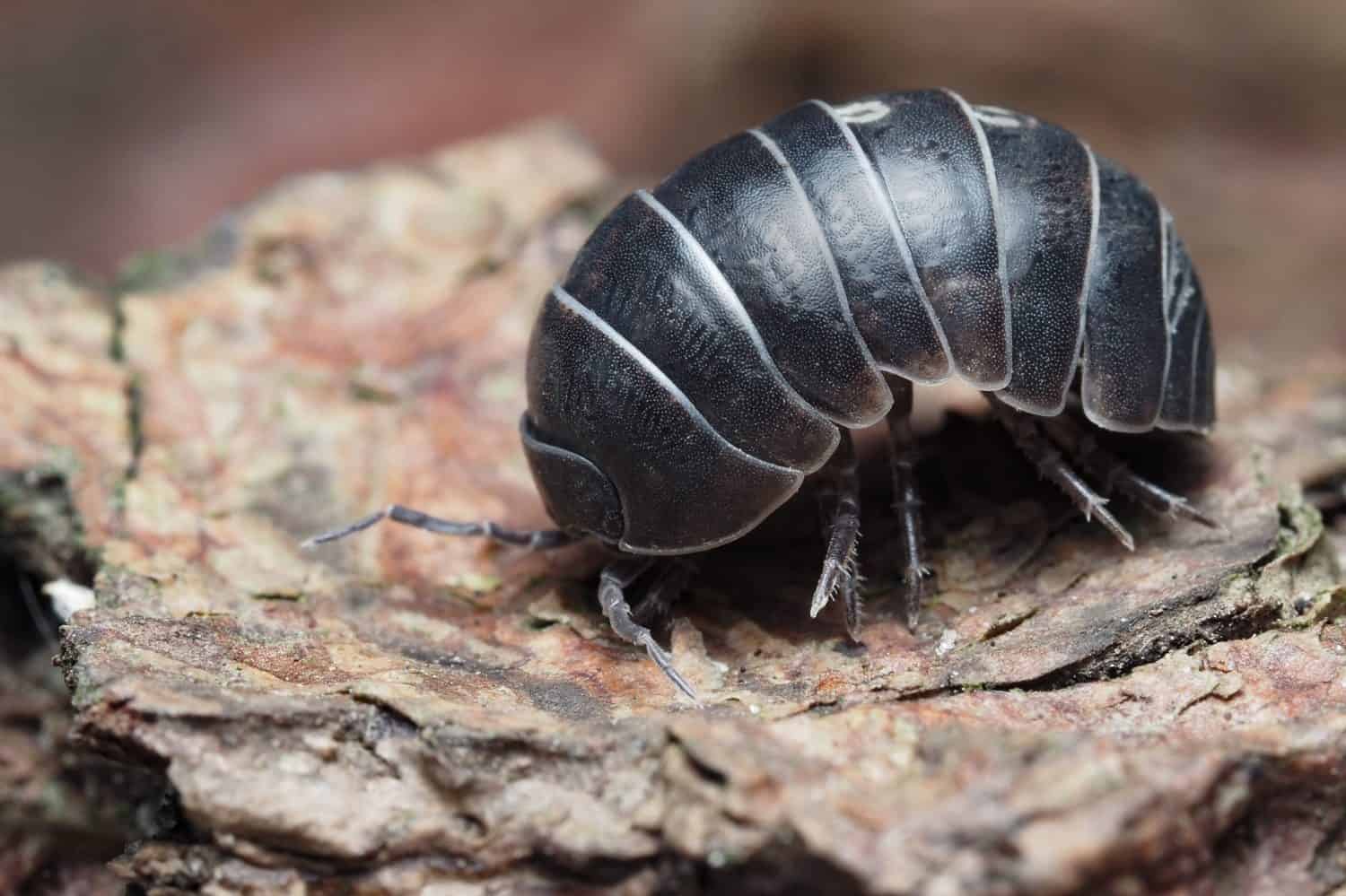
Doodle bugs can remain in their larval stage for years before maturing.
©Holger Kirk/Shutterstock.com
While we’re on the subject of ants, let’s discuss one of their main predators, the ant lion. Although these insects are predatory, they’re quite adorable in their immature stages. As larvae, ant lions are known as “doodle bugs,” or “roly polies.” These insects are excellent low-maintenance pets, as they require very little to thrive. An enclosure with a small amount of sand or dirt is sufficient enough. In addition, they don’t require much moisture or constant feeding, unlike some other entries on this list.
6. Monarch Butterflies
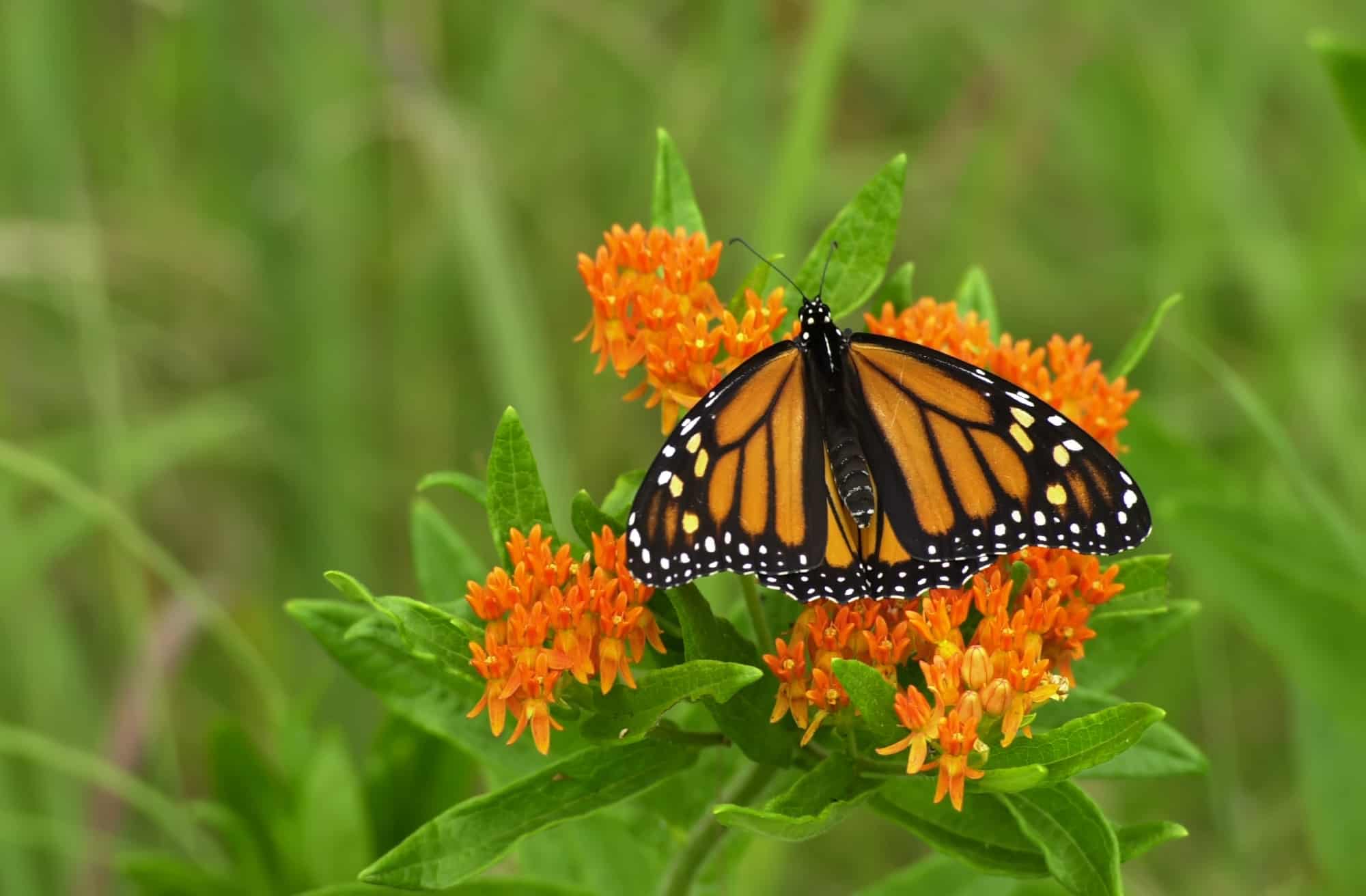
Monarch butterflies typically live to be between two and six weeks old.
©iStock.com/mzurawski
Although monarch butterflies were classified as endangered until very recently, caring for them is easy. Several factors contributed to the decline in their populations such as herbicide use, a lack of food sources, and climate change. Because of this, caring for larval monarch butterflies in captivity and releasing them upon maturity is incredibly helpful. Adult monarch butterflies will lay their eggs on milkweed, so be sure to plant this in your garden. After the eggs hatch, they will spend roughly 15 days eating and growing larger before entering their chrysalis. Metamorphosis will take another 15 days to complete. This makes them a low-commitment pet, and you’re helping the environment as well.
7. Praying Mantis
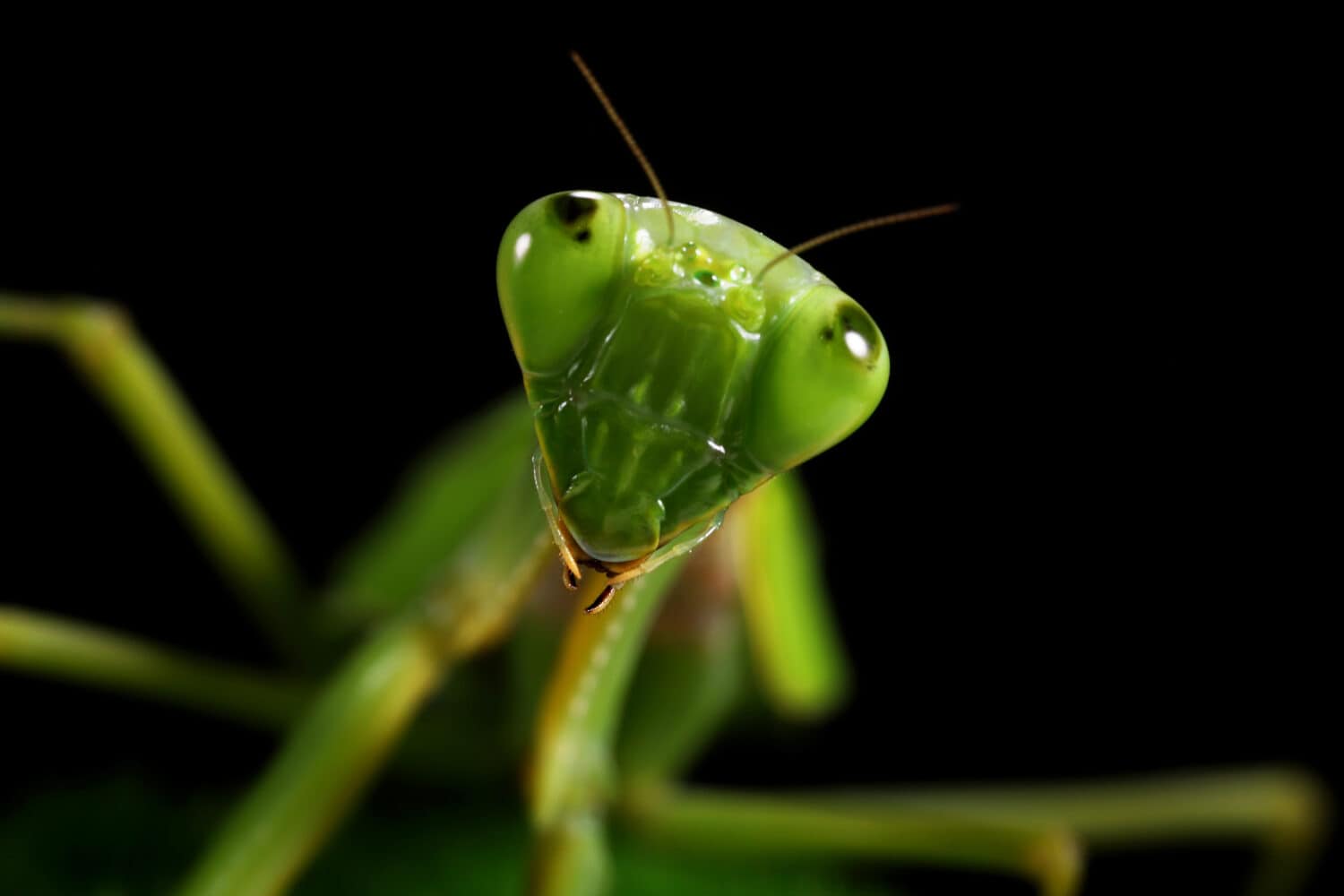
Praying mantises can live up to two years in captivity.
©Lauren Suryanata/Shutterstock.com
Caring for praying mantises in captivity is easier than you might think. In addition, a heater should be purchased to simulate the temperature of their natural environment. The cage doesn’t have to be terribly big, but it should be large enough that your mantis can molt without issue. In addition, be sure to include some plants and perches and spray them daily to maintain moisture levels. These insects are fascinating to observe during feeding, so be sure to grab your popcorn before giving them their dinner for the day. It is important to remember that praying mantises should be kept in their enclosures alone. They are cannibalistic, and putting two in one cage will put them at risk of killing one another.
8. Madagascar Hissing Cockroaches

A small colony of 10 Madagascar hissing roaches can quickly reach 100 as they breed quickly.
©iStock.com/OKrasyuk
Yes, you read that right. It’s not unheard of for people to keep cockroaches as house pets. Although keeping Madagascar hissing roaches might not be as popular as other insects, it’s relatively easy and just as rewarding. These insects are accustomed to high temperatures and humidity, so be sure to purchase a heat lamp and spray them daily to maintain humidity in the enclosure.
9. Honorable Mention: Tarantulas
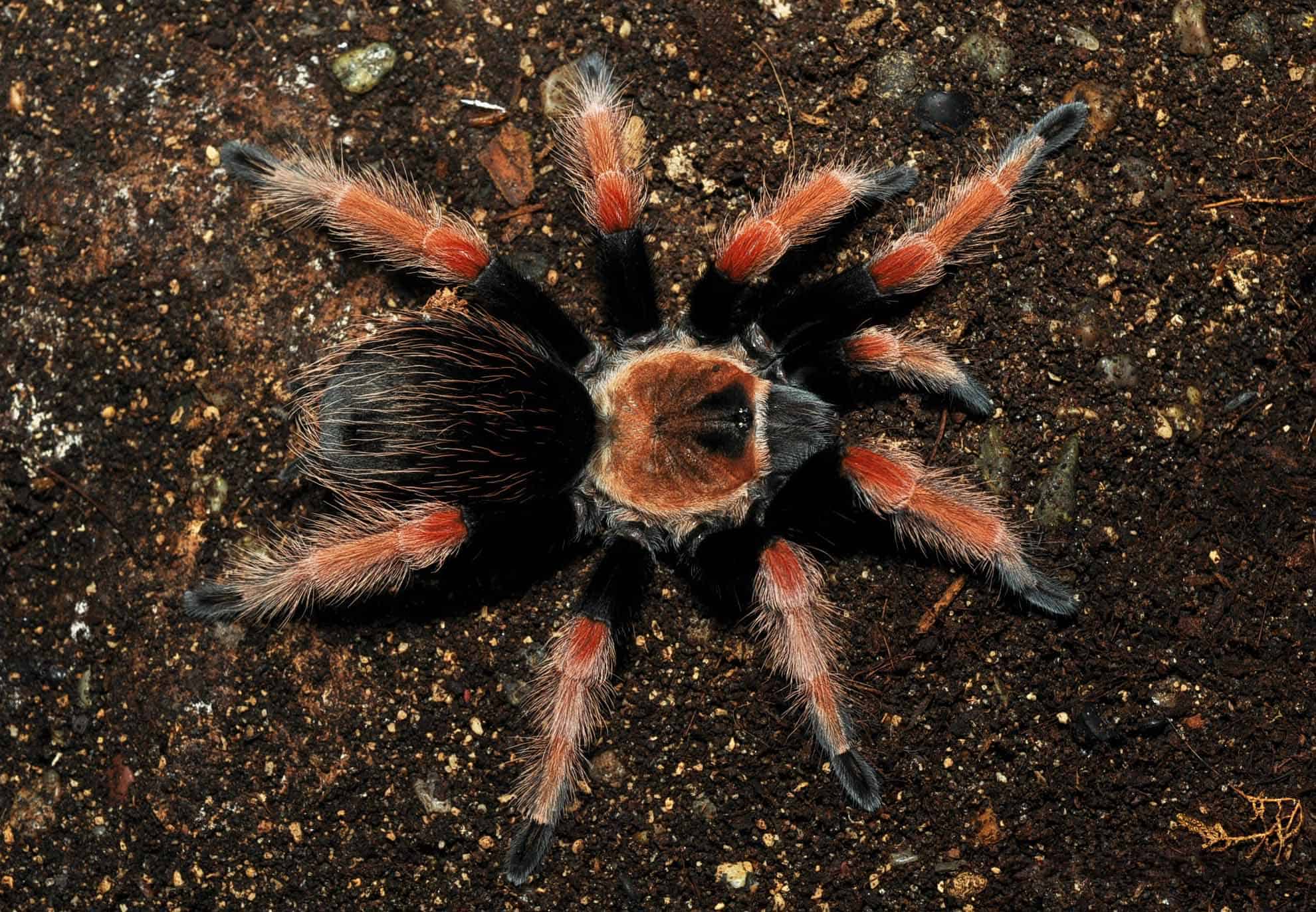
Although most tarantulas will tolerate handling, it is not recommended.
©1,980 × 1,372 pixels, file size: 1.23 MB, MIME type: image/jpeg - License
Much like the giant centipedes, tarantulas aren’t actually insects. Despite this, these arachnids still make excellent house pets and can be surprisingly social with their owners. Because of this, we’re giving them an honorable mention on this list. If you’re considering adding one of these fuzzy spiders to your home, caring for them will be very easy. They only need to eat about once or twice a week, they don’t take up much space, and spraying their enclosure with a water bottle is sufficient for their moisture needs.
Summary of Insects to Keep as Pets
| Insect | Level of Care |
|---|---|
| Giant centipede | Moderate |
| Rainbow stag beetles | Low |
| Katydid | Low |
| Ants | Low |
| Ant lions | Very low |
| Monarch butterflies | Moderate |
| Praying mantises | Moderate |
| Tarantula | Low |
The photo featured at the top of this post is © dainya/Shutterstock.com
Thank you for reading! Have some feedback for us? Contact the AZ Animals editorial team.






